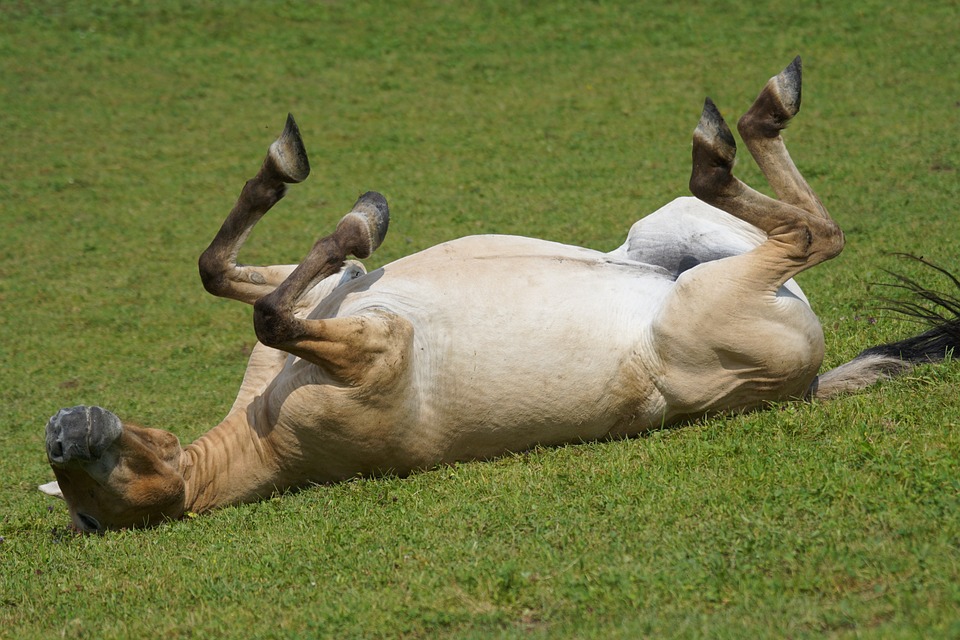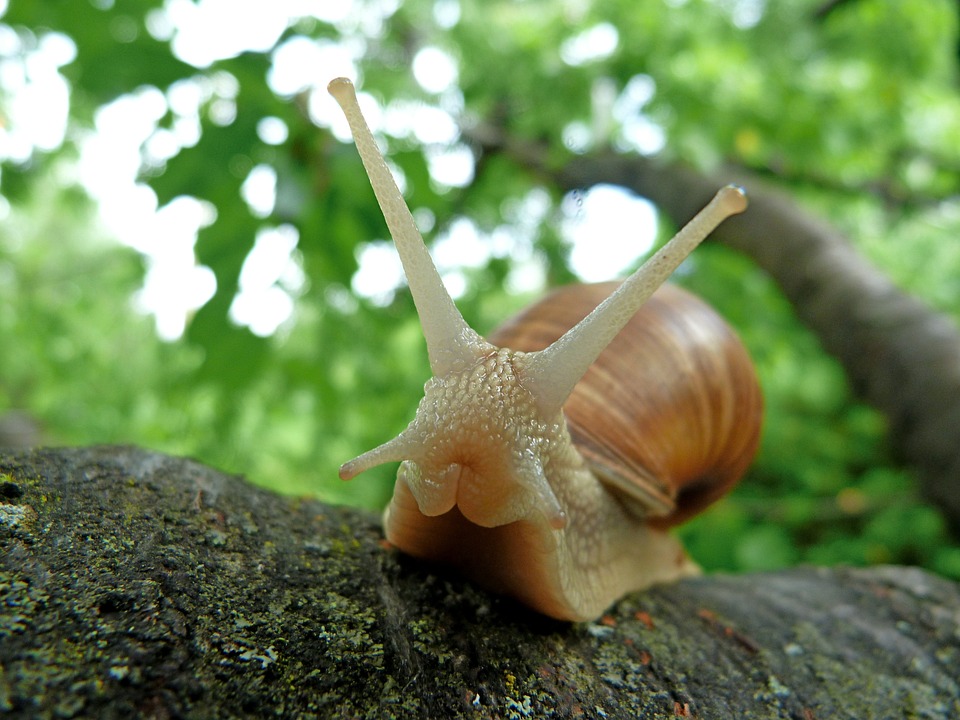Curiosity in the Age of AI: How Machines Can’t Replace Human Wonder
As artificial intelligence (AI) continues to transform industries and revolutionize the way we live, work, and interact with each other, it’s natural to wonder: will machines one day be able to replace human curiosity? After all, AI has already demonstrated impressive abilities in areas like pattern recognition, problem-solving, and even creativity. But, despite its impressive capabilities, AI can never truly replace the human capacity for curiosity.
The Unique Qualities of Human Curiosity
Human curiosity is a complex and multifaceted phenomenon that is deeply tied to our very nature as individuals. It’s what drives us to explore, to discover, and to push the boundaries of what we know. Unlike AI, which is designed to optimize efficiency and solve specific problems, human curiosity is often driven by a sense of wonder, a desire to understand the unknown, and a passion for learning.
Moreover, human curiosity is often fueled by emotions, intuition, and imagination, which are uniquely human qualities that are difficult to replicate with machines. Our brains are wired to recognize patterns, make connections, and see relationships between seemingly unrelated things, which enables us to ask questions that AI systems might not even consider.
The Limits of AI’s Curiosity
While AI has made significant strides in recent years, its capacity for curiosity is inherently limited by its programming and design. AI systems are trained on vast amounts of data, which allows them to recognize patterns and make predictions, but they lack the creative spark and intuition that drives human curiosity.
For example, AI can analyze vast amounts of medical data to identify patterns and make diagnoses, but it can’t replicate the curiosity of a scientist who is driven to ask questions about the underlying mechanisms of a disease or the potential implications of a new discovery.
Furthermore, AI’s reliance on data and algorithms means that it can only explore a narrow range of possibilities, whereas human curiosity is capable of jumping to new and unexpected conclusions. Our brains are wired to recognize patterns, but also to question assumptions and challenge our own thinking – a process that AI systems, no matter how advanced, are unable to replicate.
The Importance of Human Curiosity in the Age of AI
As AI continues to transform our world, it’s essential that we recognize the unique value of human curiosity. While AI can assist us in making discoveries and solving problems, it’s our own curiosity that drives us to ask the next question, to seek out new knowledge, and to push the boundaries of what is possible.
Moreover, human curiosity is essential for developing AI systems that are more creative, more intuitive, and more human-like. By combining the strengths of both human and machine, we can create a new generation of AI systems that are capable of exploring new frontiers and making discoveries that would be impossible for either humans or machines alone.
Conclusion
In conclusion, while AI has the potential to revolutionize many areas of our lives, it can never truly replace the unique qualities of human curiosity. Our capacity for wonder, our desire to understand the unknown, and our passion for learning are what drive us to explore, to discover, and to push the boundaries of what is possible.
As we move forward in the age of AI, it’s essential that we recognize the value of human curiosity and continue to cultivate it in ourselves and in others. By combining the strengths of both humans and machines, we can create a new era of innovation, discovery, and progress that is truly boundless.


